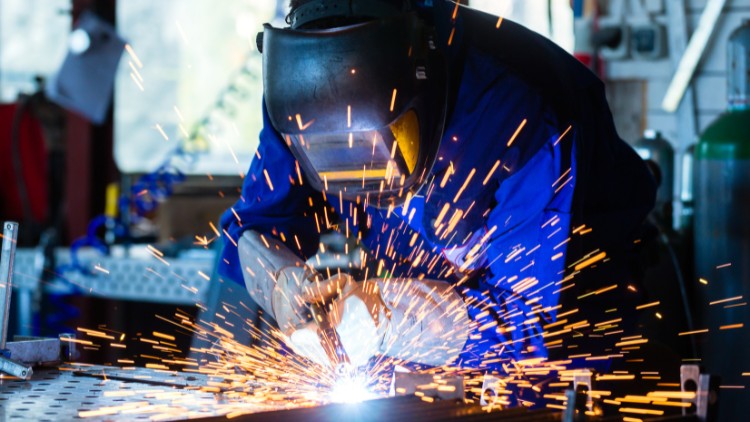
Test Your Technical Knowledge in Welding with 2 Sets of Practice Exam. Get Instant Result+Explanation, Be Fully Prepared
What you will learn
Key safety procedures for professional welding environments
The essentials of flux and gas-shielded welding processes
Blueprint reading and welding symbol recognition
Heat control, distortion management, and metal material selection
Troubleshooting common welding problems efficiently
Understanding and applying welding codes and standards
Why take this course?
This Welding Certification Practice Exam course is designed for welders who aim to earn certification and master essential welding skills. The course covers a wide range of welding topics to fully prepare students for exams. Safety is crucial in welding, so we start with detailed welding safety procedures. Knowing the right safety practices helps prevent accidents and protects all involved. This practice exam also covers popular welding techniques like Shielded Metal Arc Welding, Flux Cored Arc Welding, and Self-Shielded Arc Welding. Each process has unique features, and understanding these techniques is essential for every welder.
Next, the course dives into welding processes with flux protection and gas-shielded methods. These include Gas Tungsten Arc Welding, Gas Metal Arc Welding, and Gas Shielded Flux Cored Arc Welding. These techniques help welders create strong, reliable welds in various conditions. As part of the practice exam, students will learn brazing and soldering, techniques that differ from arc welding but are still valuable. Learning these methods expands a welder’s skill set for diverse projects.
Mechanical and thermal cutting processes are also covered, preparing students to handle various cutting needs. This knowledge is crucial when working with metal parts that need precise cutting. Welding symbols and blueprint reading skills are also included to ensure that welders understand designs and specifications fully. These skills help welders interpret blueprints, understand client requirements, and deliver precise results.
The practice exam prepares students to work with different welding processes, like MIG, TIG, and Stick welding. Each type serves unique purposes, and knowing which to use is key for efficiency. Students also study weld defects and inspection to spot errors and ensure quality. Recognising defects early saves time and improves work quality significantly.
Understanding metal properties and selecting the right materials is crucial for high-quality welding. The practice exam includes these topics to enhance student knowledge on material selection. Additionally, joint design and welding positions are covered. This knowledge helps welders achieve the strongest, most durable joints in any position, be it horizontal, vertical, or overhead.
Electrode selection is another important topic in this course. Each electrode has a classification, and choosing the right one impacts weld strength. The practice exam also addresses heat control and distortion. Heat must be carefully controlled to prevent metal warping and achieve a flawless weld. Students will learn welding codes and standards to ensure their work meets industry requirements.
Shielding gases and their uses are also covered in the practice exam. Proper gas selection and usage protect the weld area and improve quality. The course teaches preheat and post-weld heat treatment, which is essential for avoiding cracking and ensuring durability. Troubleshooting is another valuable skill covered, helping welders identify and fix common welding issues on the spot.
This course provides a full understanding of the welding certification process. Through our practice exam, students can refine their skills and build confidence.